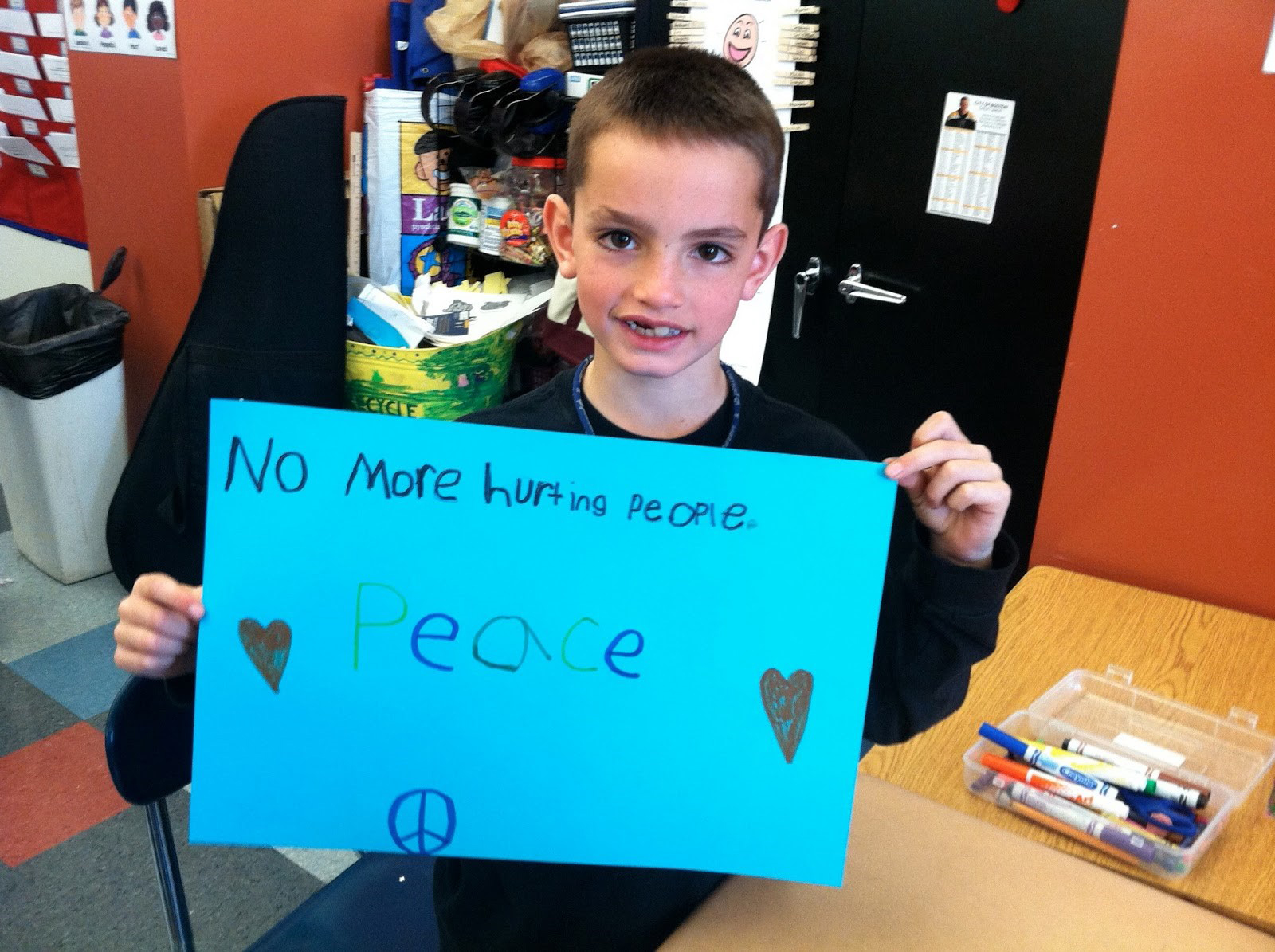
Each day, we are all faced with a series of choices that define who we are and who we will ultimately become. You can choose to live in the past or look forward to the future. You can choose to be apathetic or you can be someone who embraces peace and kindness. At a very young age, our son Martin was able to recognize the importance of kindness, togetherness and inclusion and that he could make a difference through these qualities.
Like most 8-year-old kids, Martin had a strong love for things like sports and friendships and cared very much about making others feel included and being kind to everyone, whether it was his friends, classmates or even strangers. He would make sure we carried extra snacks whenever we went downtown, just in case we came across people who might be in need of food.
We lost Martin on April 15, 2013 when the second of two bombs exploded near the finish line of the Boston Marathon. In the days after the bombings, a photo circulated of Martin holding a poster he made that said “No More Hurting People, Peace,” and an amazing thing happened. We heard stories from children of all ages who were inspired by Martin to act in ways that helped others … some friends, some classmates and some strangers. No more hurting people, peace.
Martin was known as a peacemaker, he brought people together and helped to show his peers that you don’t have to be a grown up to make a difference. Kids are natural bridge builders—on the playground, at the lunch table, in the classroom—and all of their simple acts of kindness can add up to make a big difference.
Our family founded The Martin Richard Foundation to amplify those small actions, to honor our son’s message of peace, and to make the world a better place. But we can’t do it alone. That is why we have joined with generationOn, the youth division of Points of Light, and Hasbro, Inc. to create the Martin Richard Bridge Builder campaign to empower youth to make positive change through service. Our goal is to give kids a chance to learn about ways they can make a difference and share their stories to inspire others to do the same.
Whether it’s doing a volunteer project like planting a peace garden at a local school, creating a peace poster or simply inviting someone new to sit at your school lunch table, there are many easy ways to get involved and help change the world.
We invite all kids, teens and families to join us in our movement to magnify this message by sharing your own acts of kindness using #NoMoreHurtingPeople or by visiting generationOn.org/peace.
The story of the future is yet to be written, and we have the opportunity to choose the words and actions that will tell that story. We hope our son’s life is able to live on in those words. We hope you choose kindness.
See Evidence From the Boston Bombing Trial
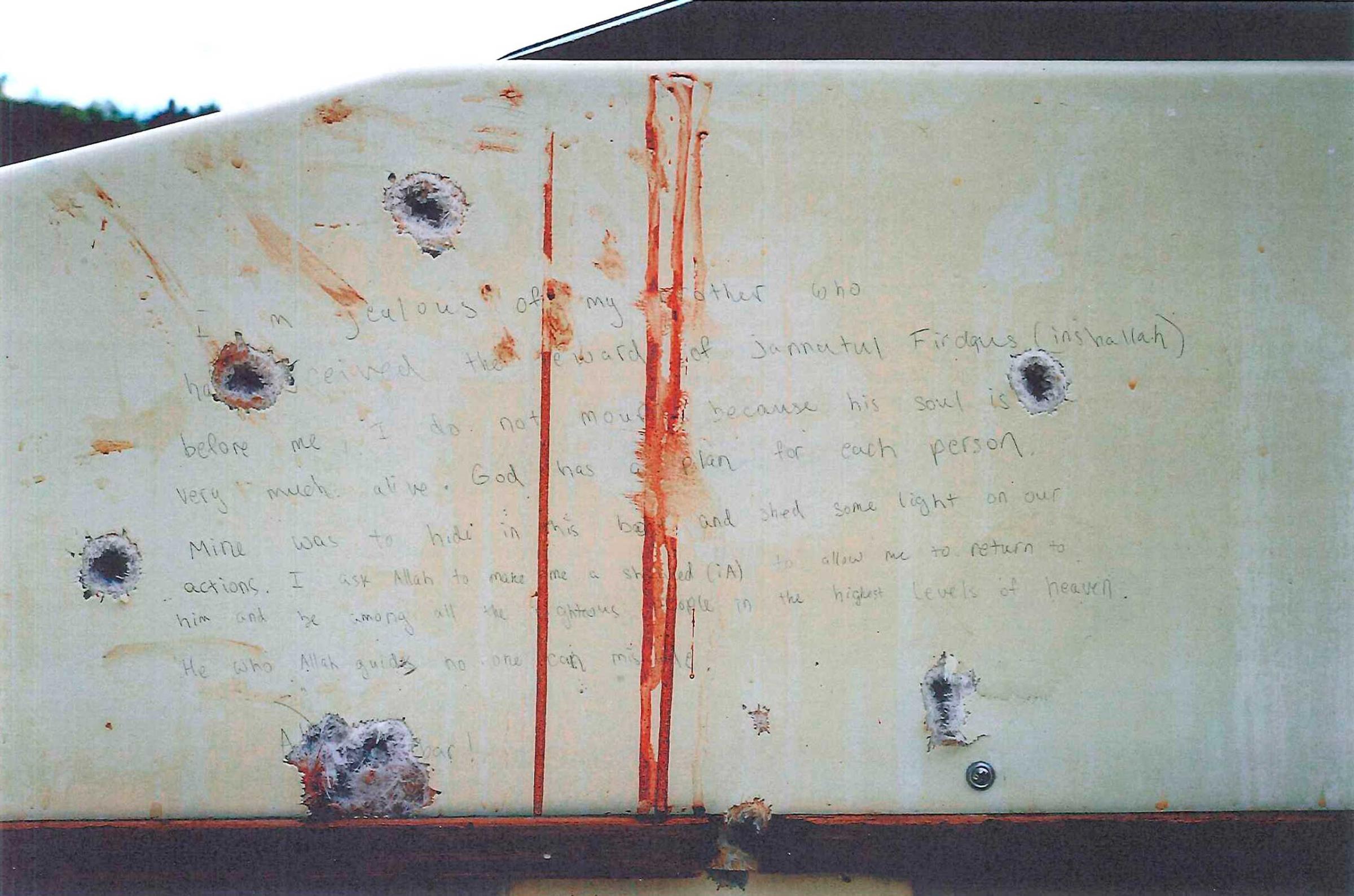
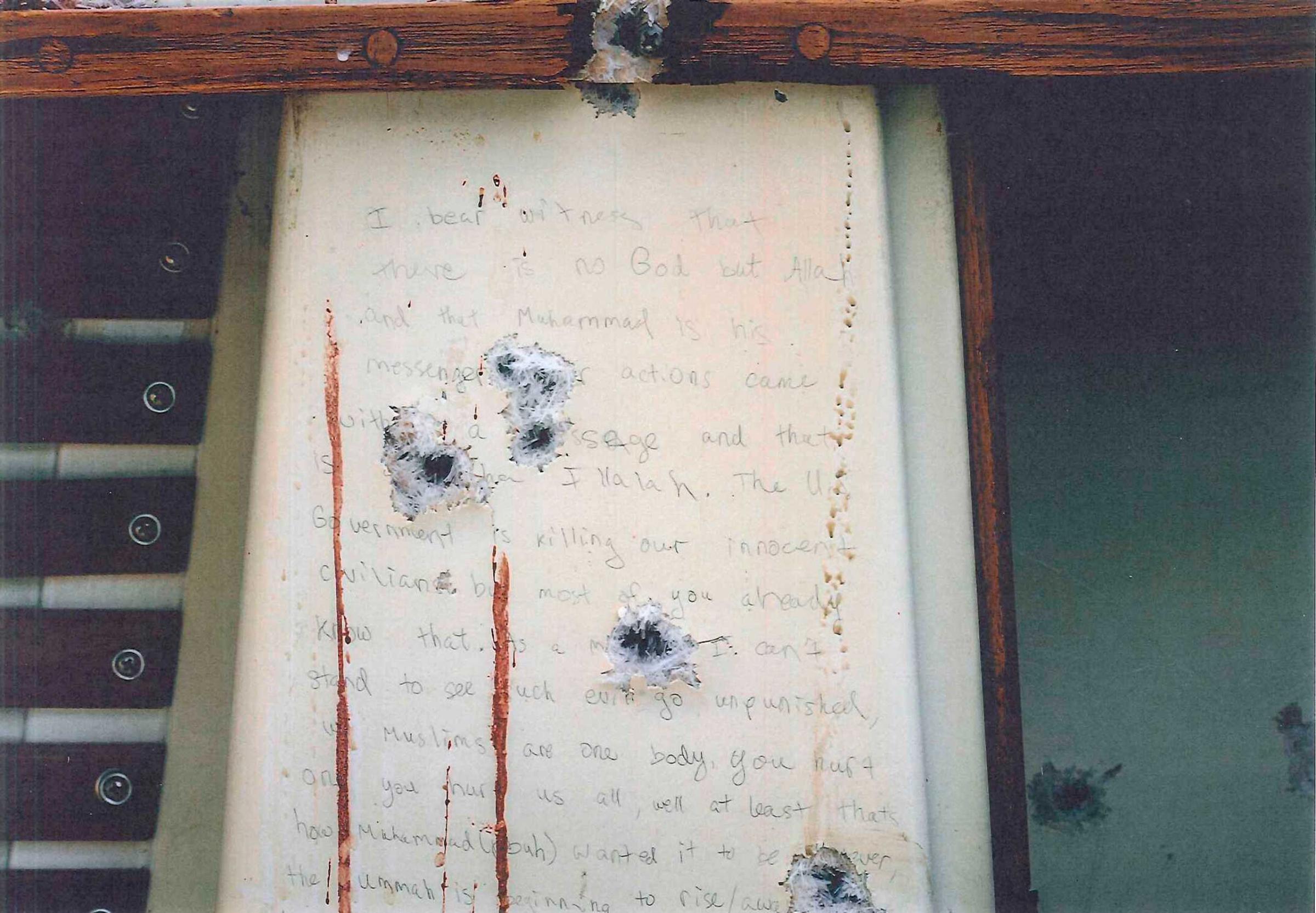
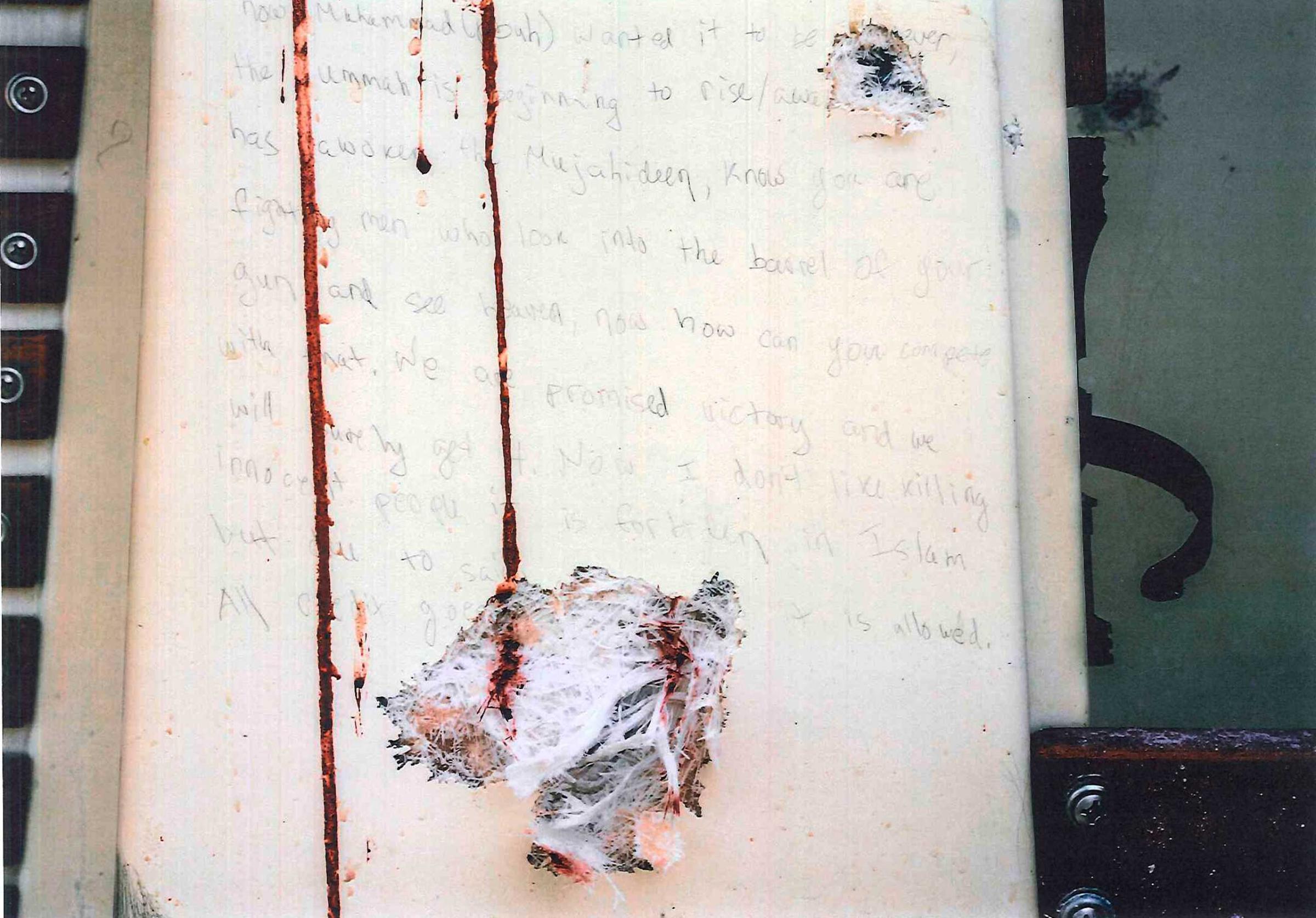
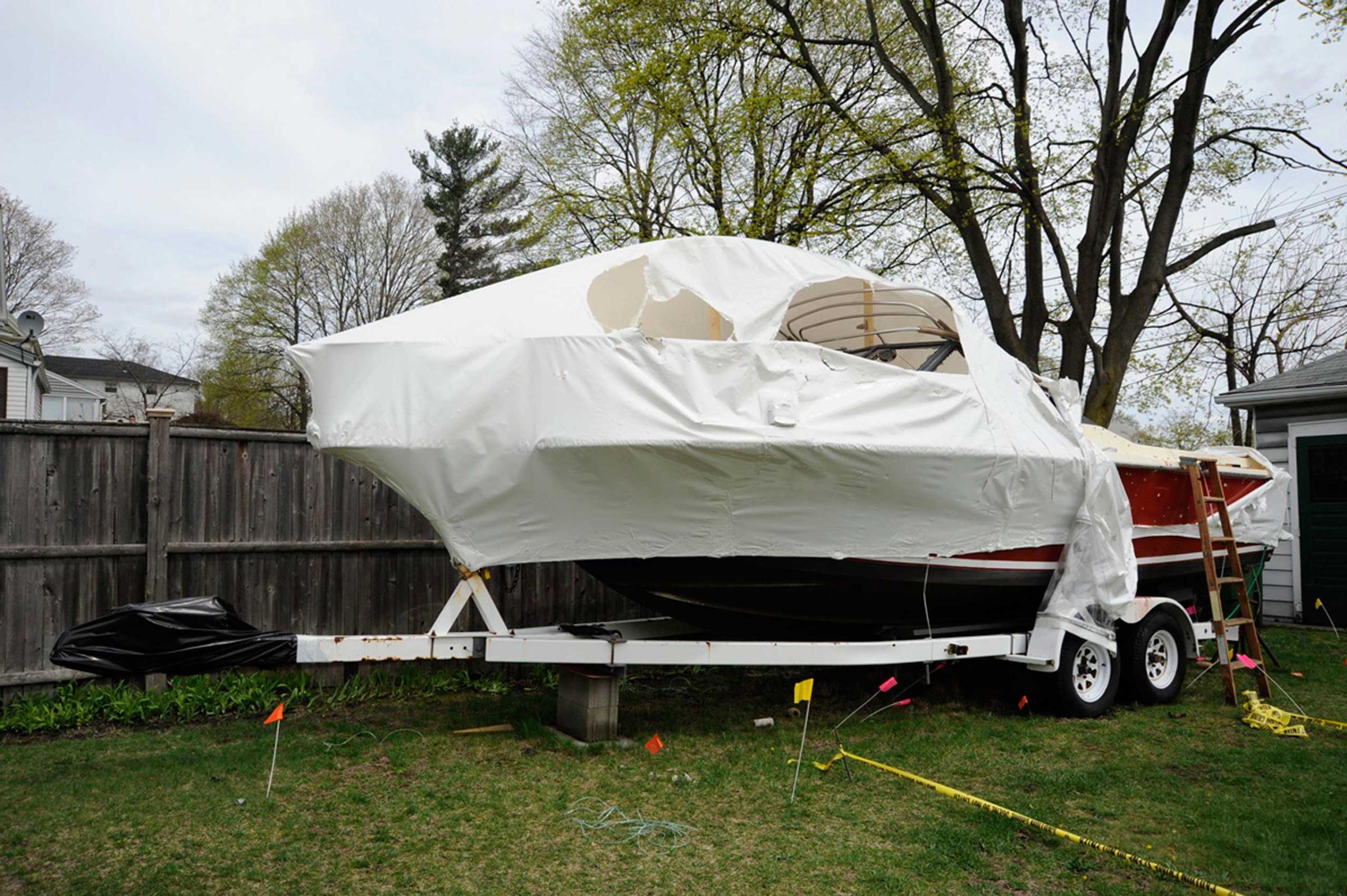
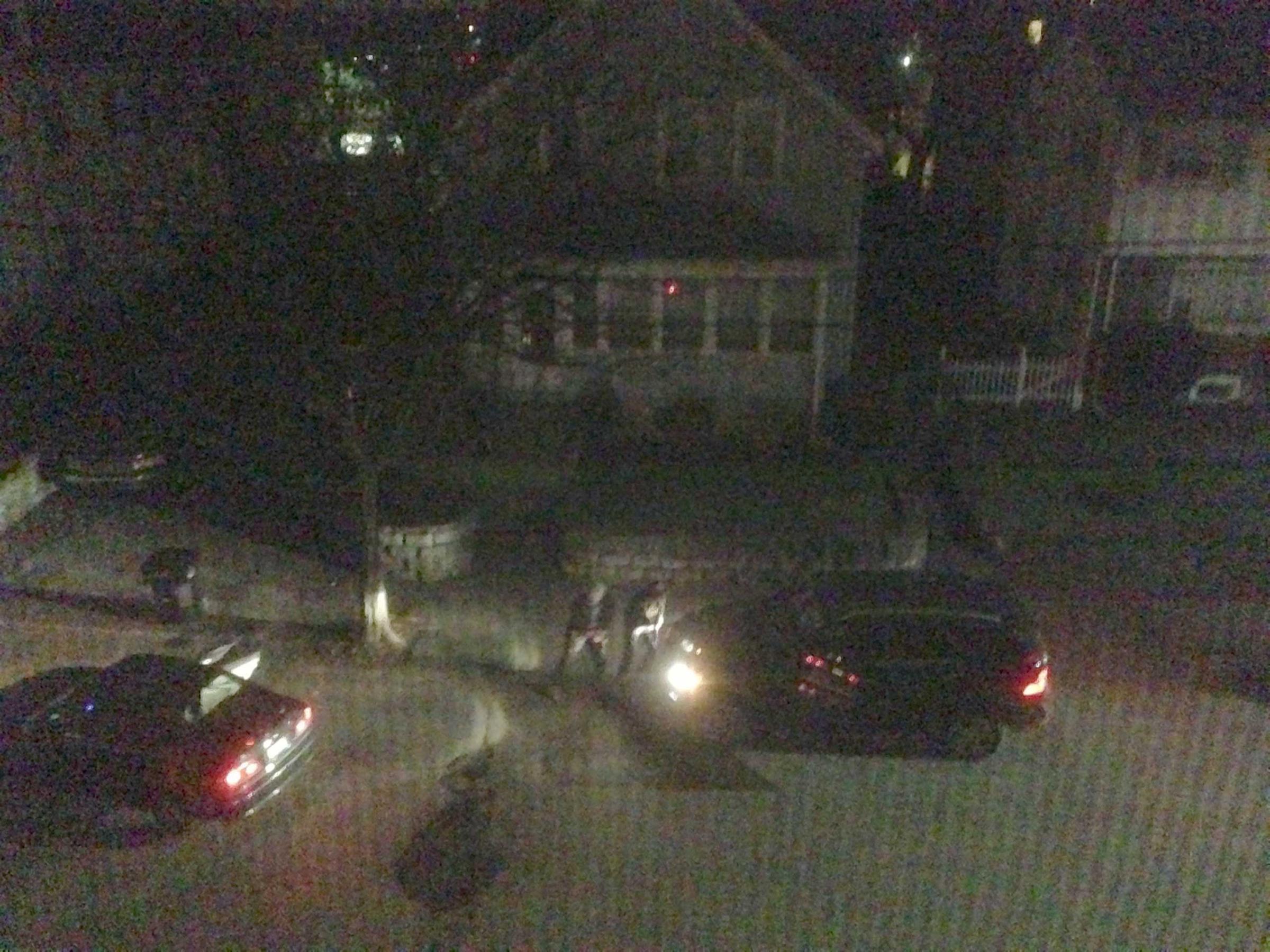
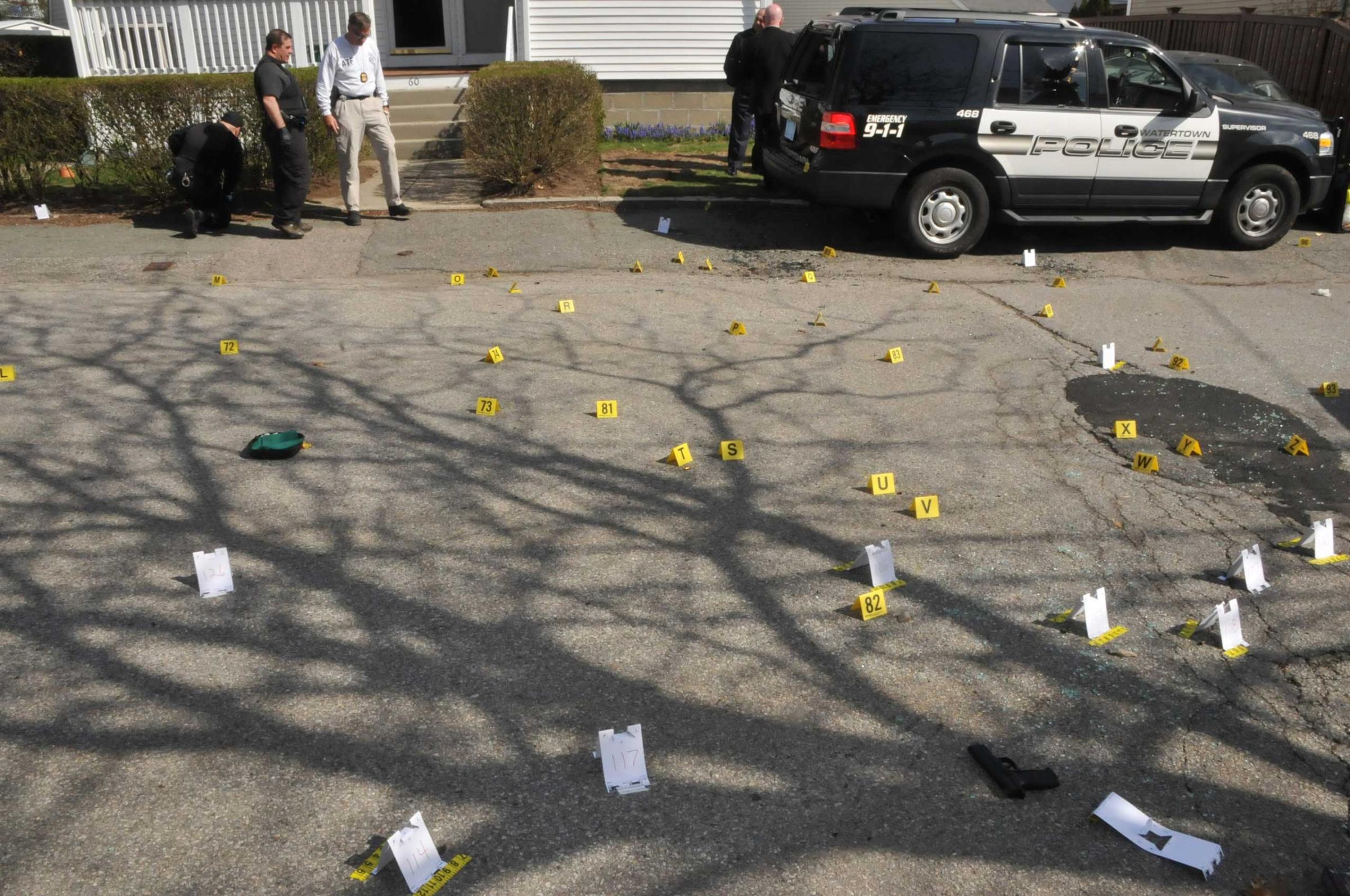
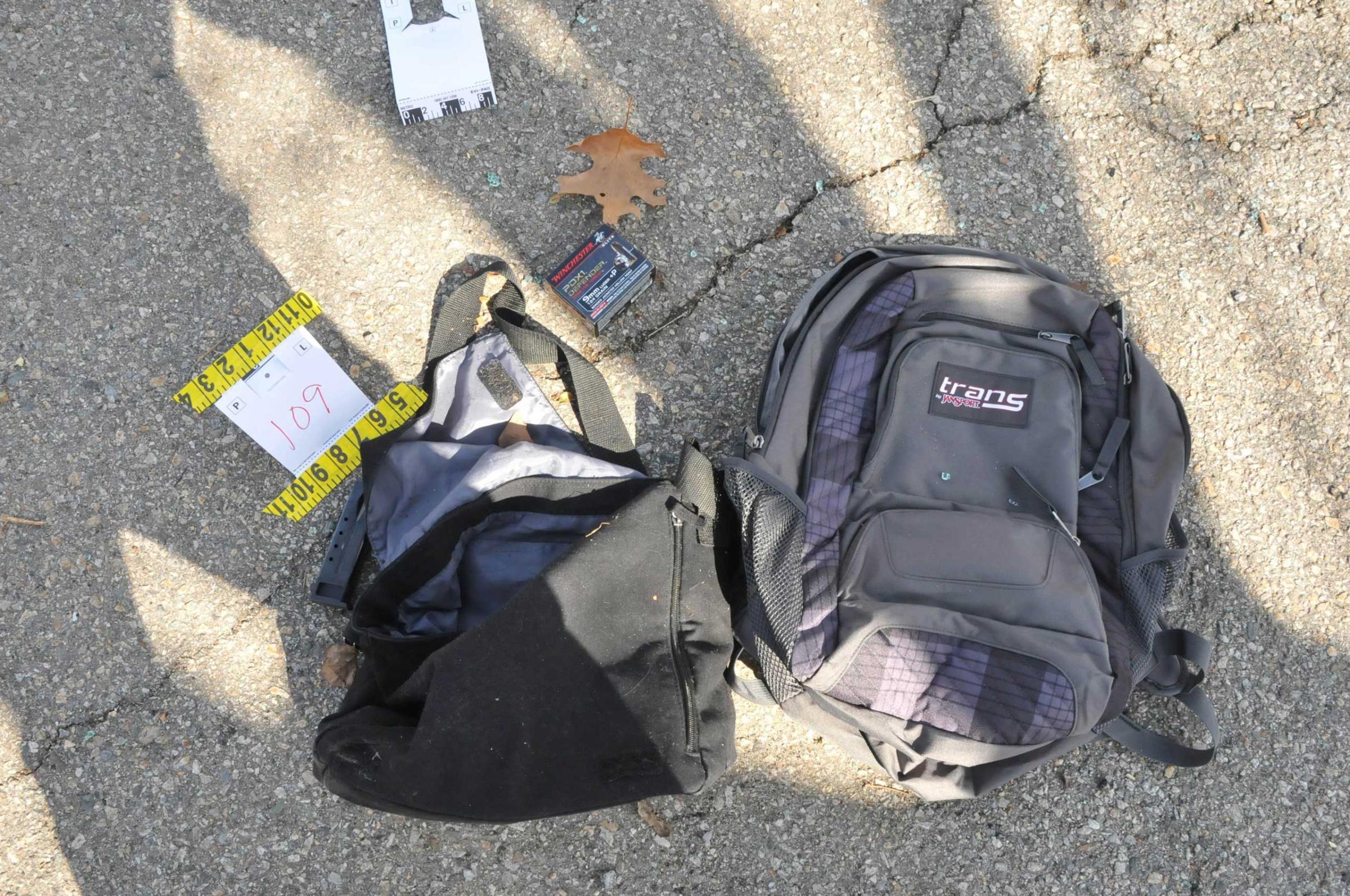
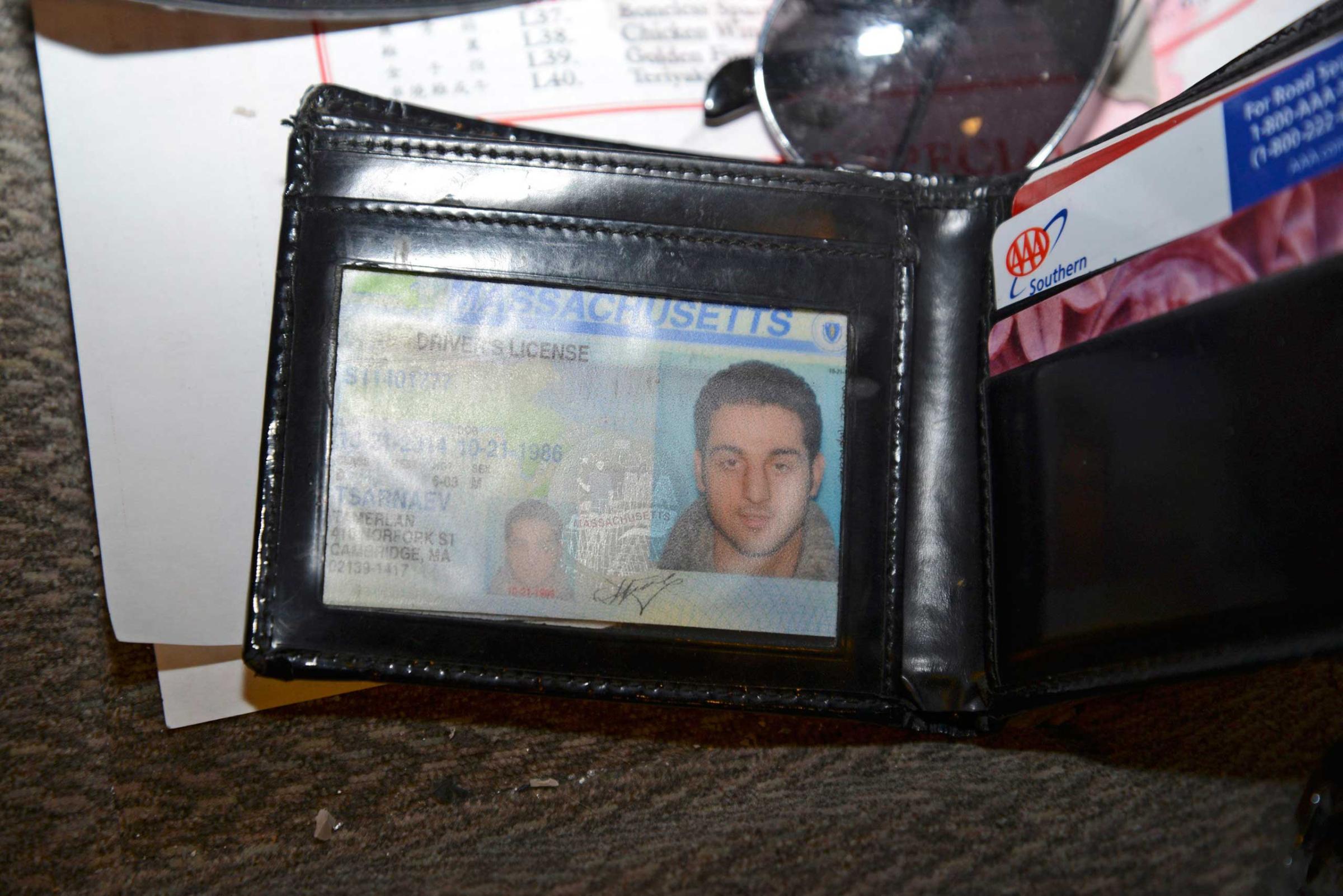
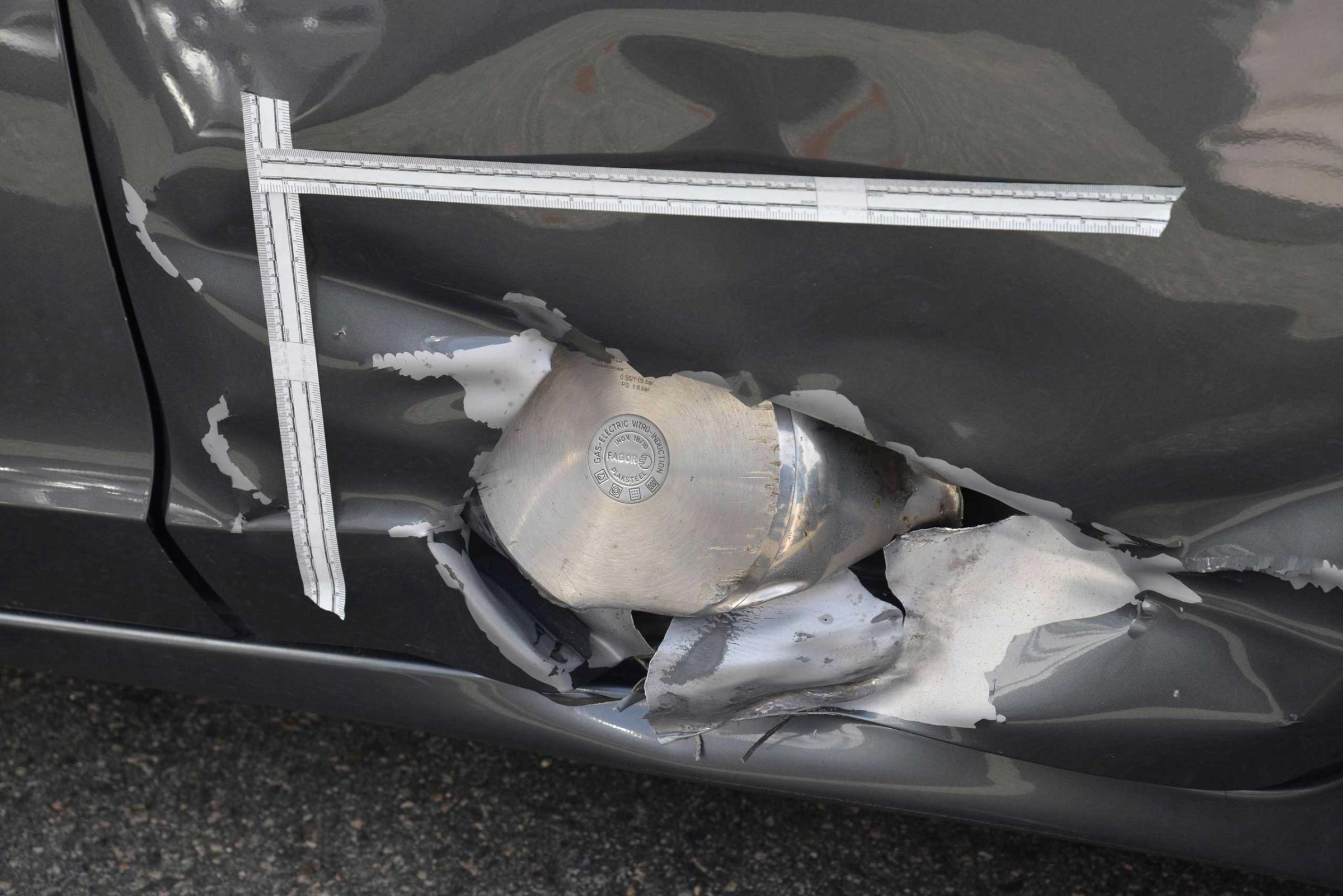


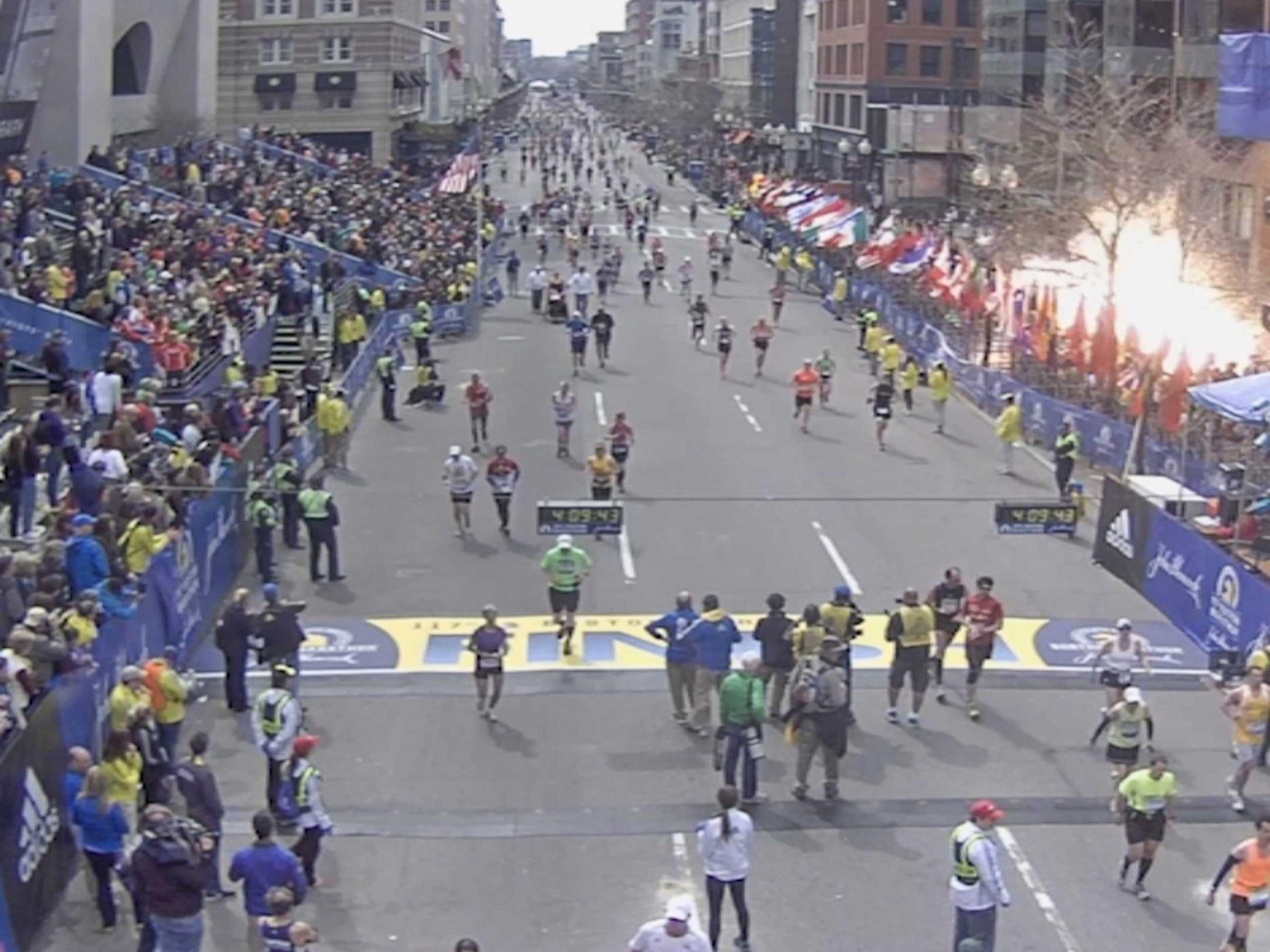

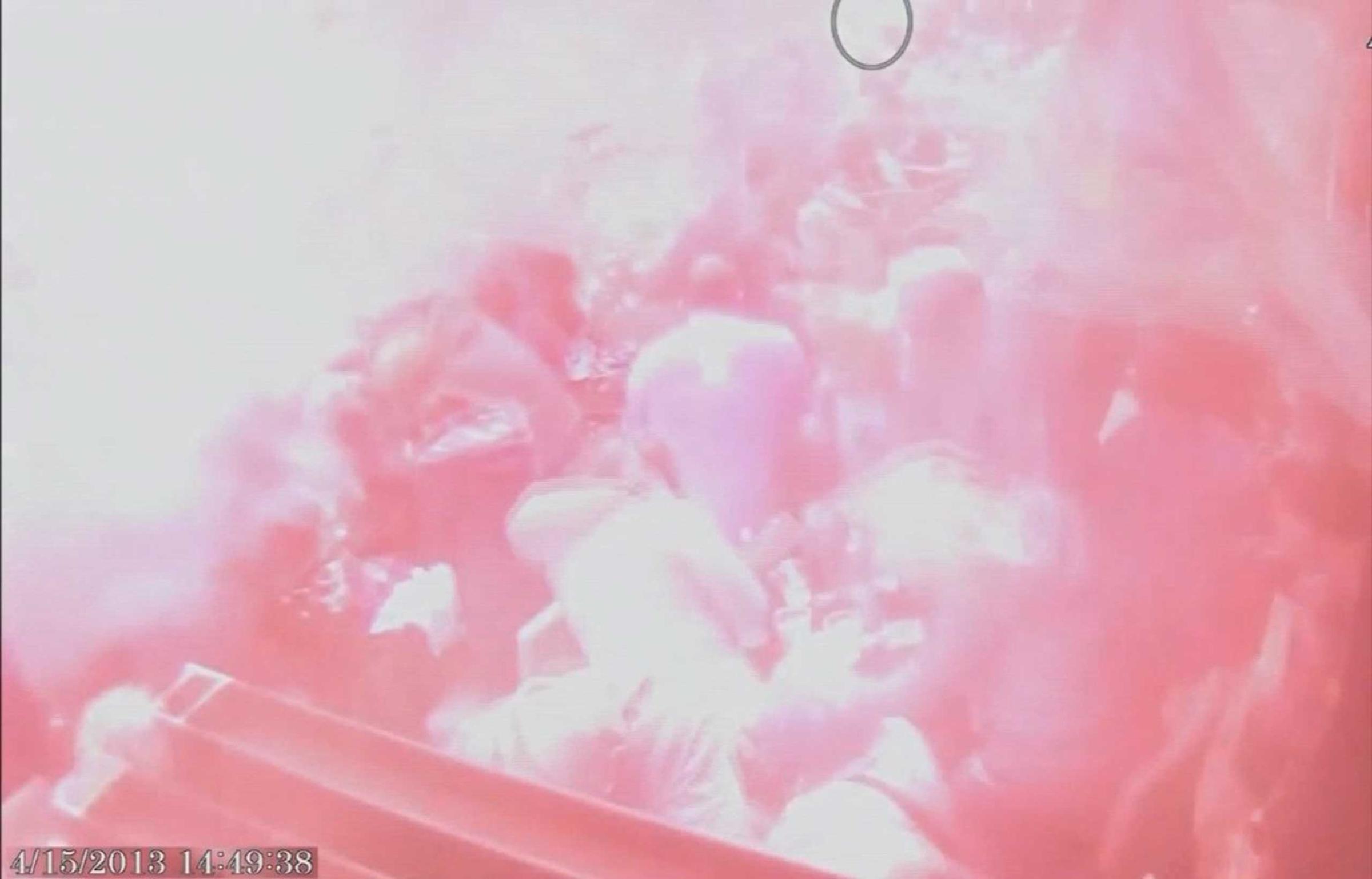
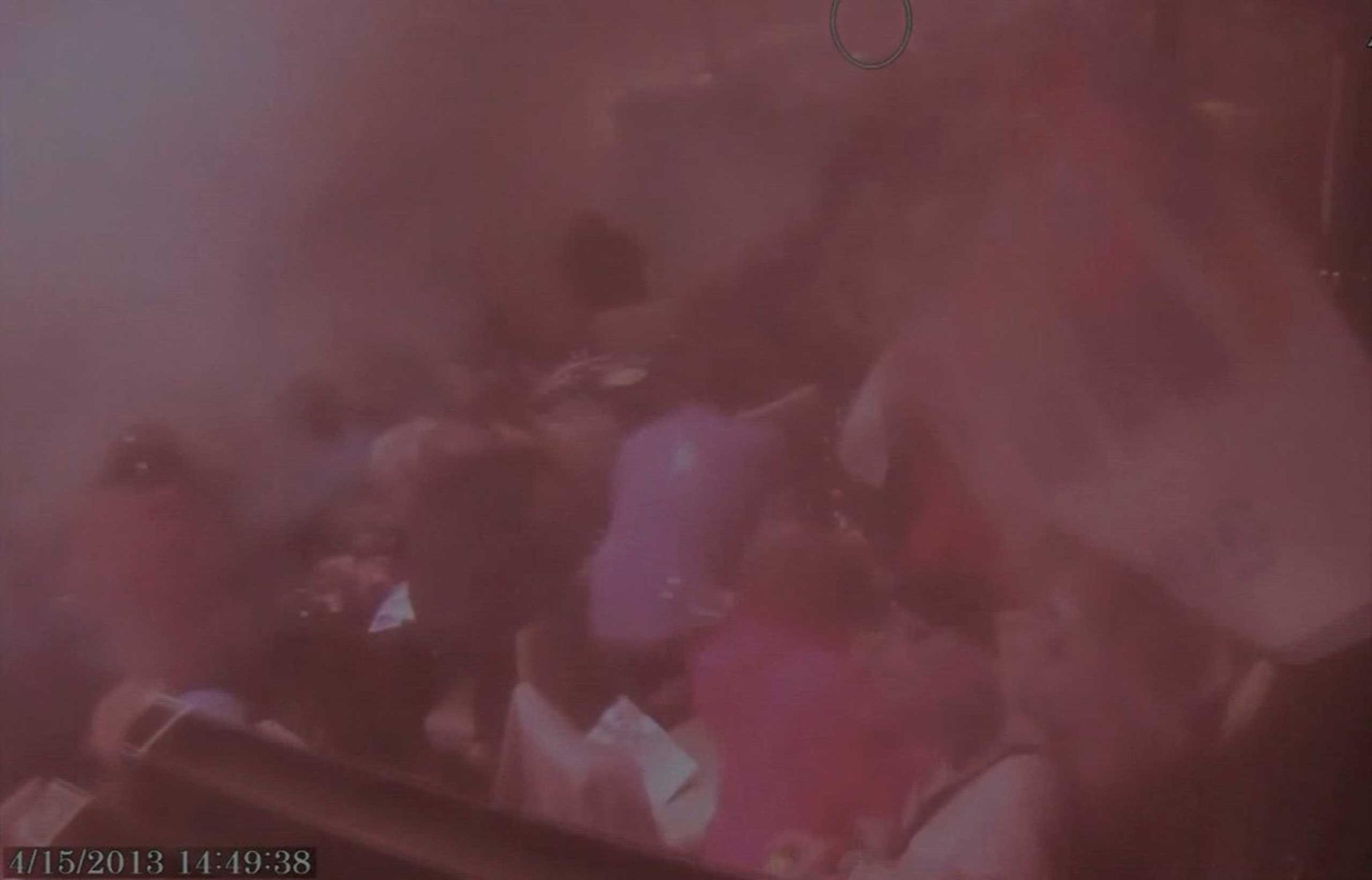
More Must-Reads from TIME
- Donald Trump Is TIME's 2024 Person of the Year
- Why We Chose Trump as Person of the Year
- Is Intermittent Fasting Good or Bad for You?
- The 100 Must-Read Books of 2024
- The 20 Best Christmas TV Episodes
- Column: If Optimism Feels Ridiculous Now, Try Hope
- The Future of Climate Action Is Trade Policy
- Merle Bombardieri Is Helping People Make the Baby Decision
Contact us at letters@time.com